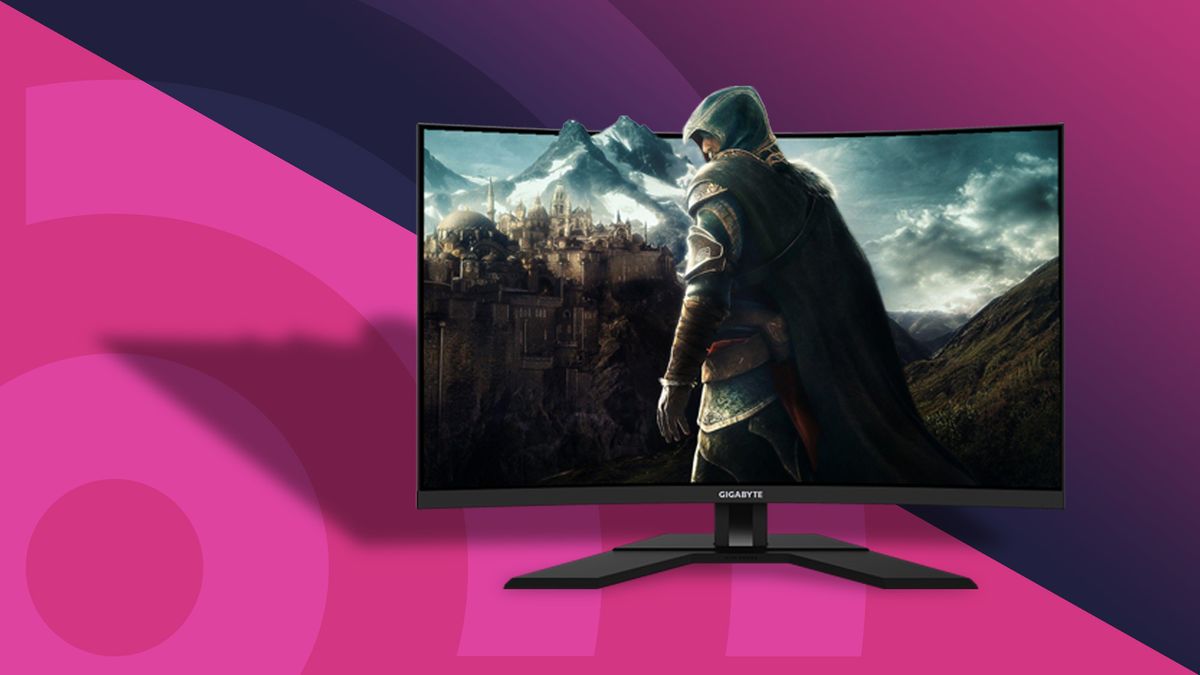
IPS displays are generally better for eye comfort compared to older TN panels due to higher color accuracy and wider viewing angles, reducing strain from skewed perspectives. They often feature fli...

When comparing IPS vs OLED for eye comfort, IPS panels are generally better due to stable brightness and no flicker, while OLED’s high contrast (1,000,000:1) can cause eye strain from PWM dimming (...
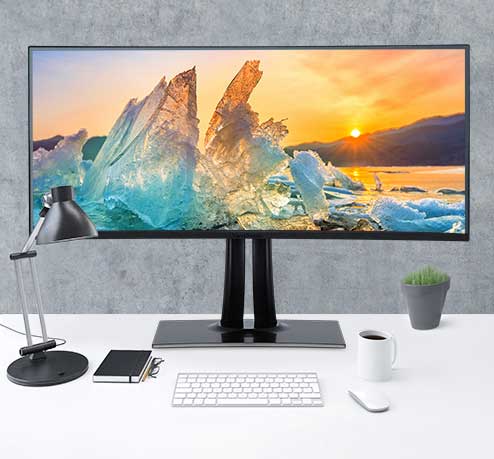
An IPS (In-Plane Switching) display is a type of LCD panel that offers wider viewing angles (up to 178 degrees) and better color accuracy compared to standard screens, making it ideal for graphic d...
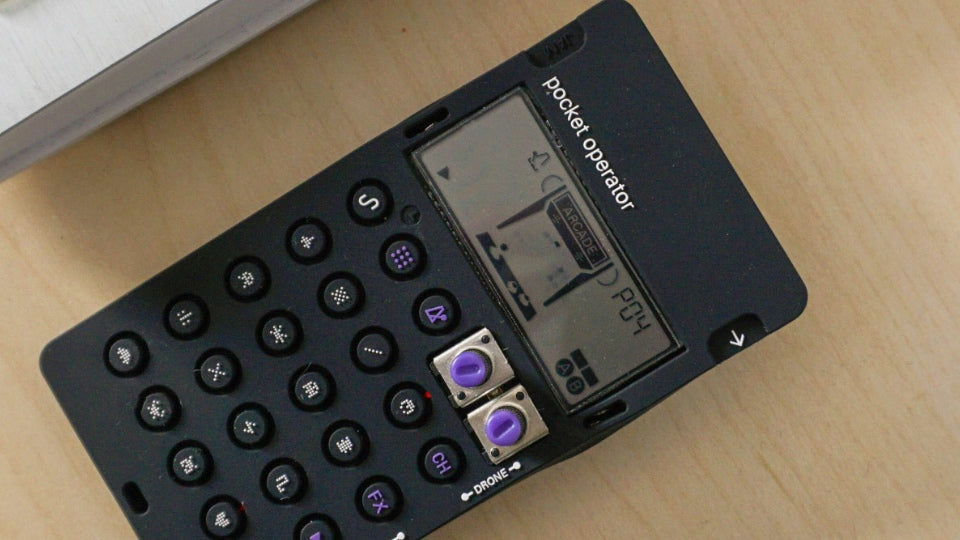
TFT, a subset of LCD, often outperforms basic LCD types like TN panels: IPS TFT (used in iPhones) offers 178° viewing angles and 1000:1 contrast, vs TN’s 160° and lower contrast. Its active matrix ...
The world of micro-displays continues to evolve, and DisplayModule now offers a groundbreaking addition: the 0.6-inch Micro-OLED display (SY060LDM01). Engineered for compact devices demanding exce...

In the rapidly evolving world of display technology, Micro-OLED has emerged as a transformative innovation, offering unparalleled clarity, compactness, and efficiency. The 0.49-inch Micro-OLED dis...
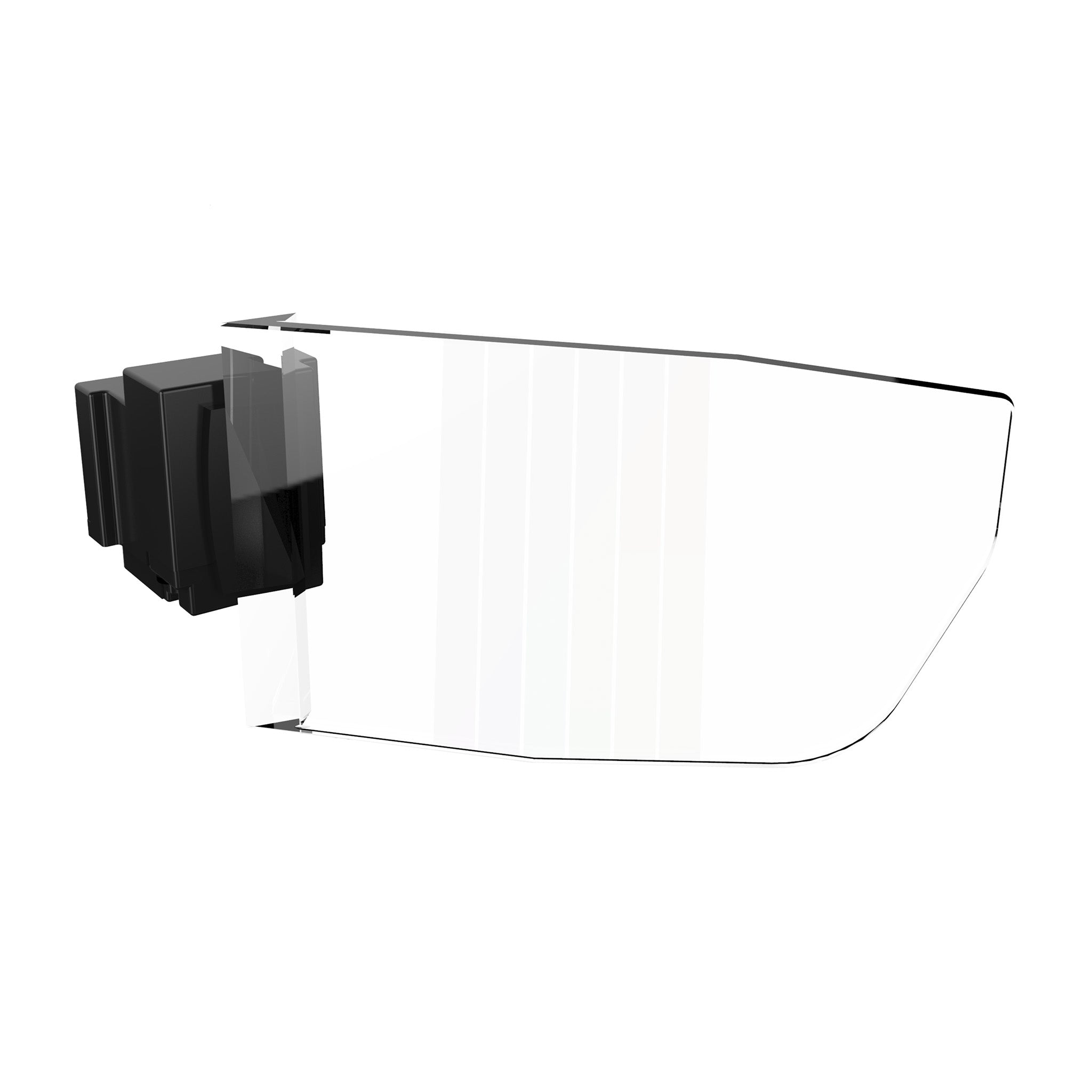
In the world of Augmented Reality (AR), lightweight, high-definition, and naturally immersive displays are quickly becoming essential. Recently, an ultra-lightweight 10.9g arrayed waveguide module...

Augmented Reality (AR) technology is reshaping our visual experiences, and at the core of this transformation lies the AR waveguide module. This essential component is driving AR devices to be sli...
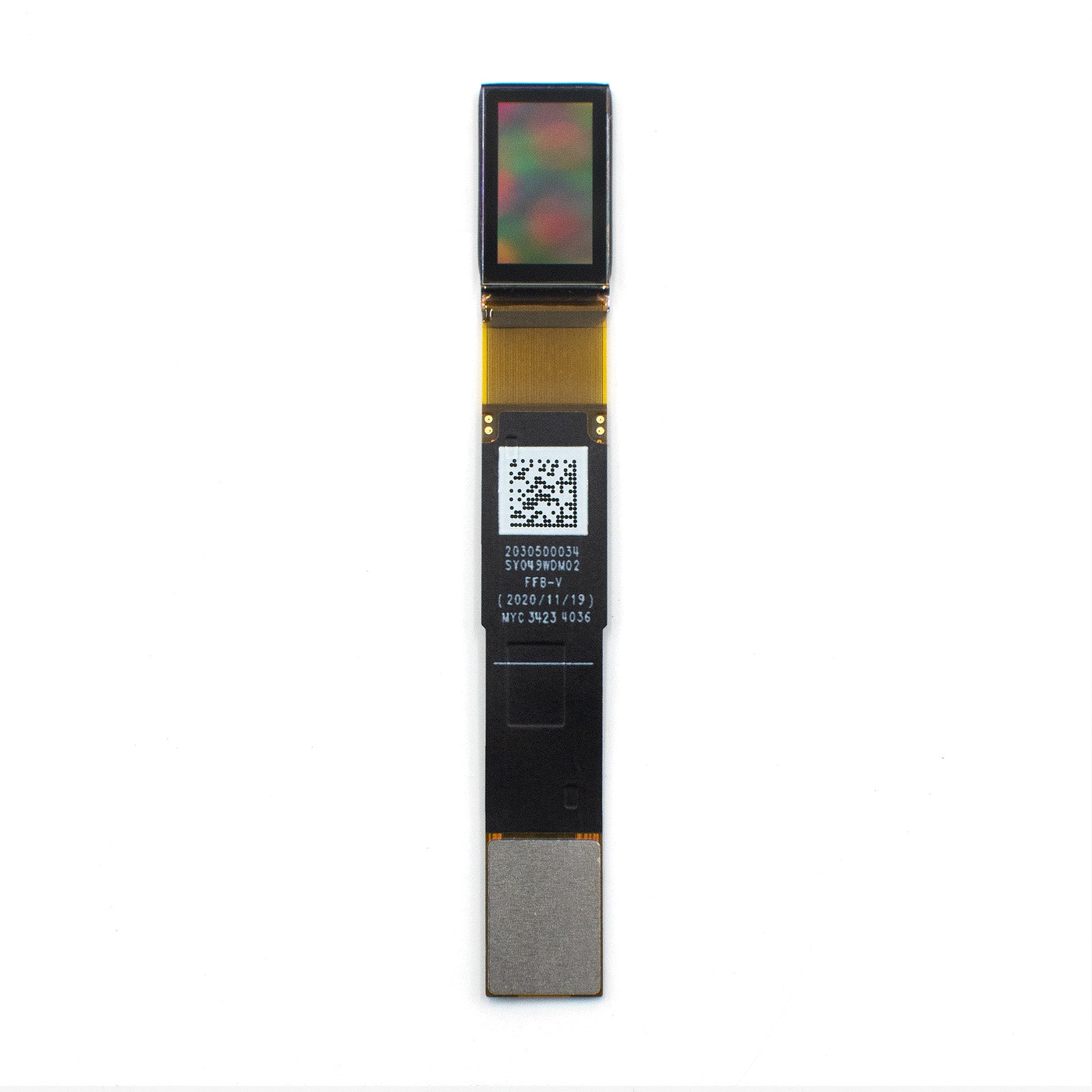
n the world of cutting-edge display technologies, the 0.49-inch Micro-OLED stands as a remarkable feat of engineering. Designed for devices where space is limited but performance cannot be comprom...


